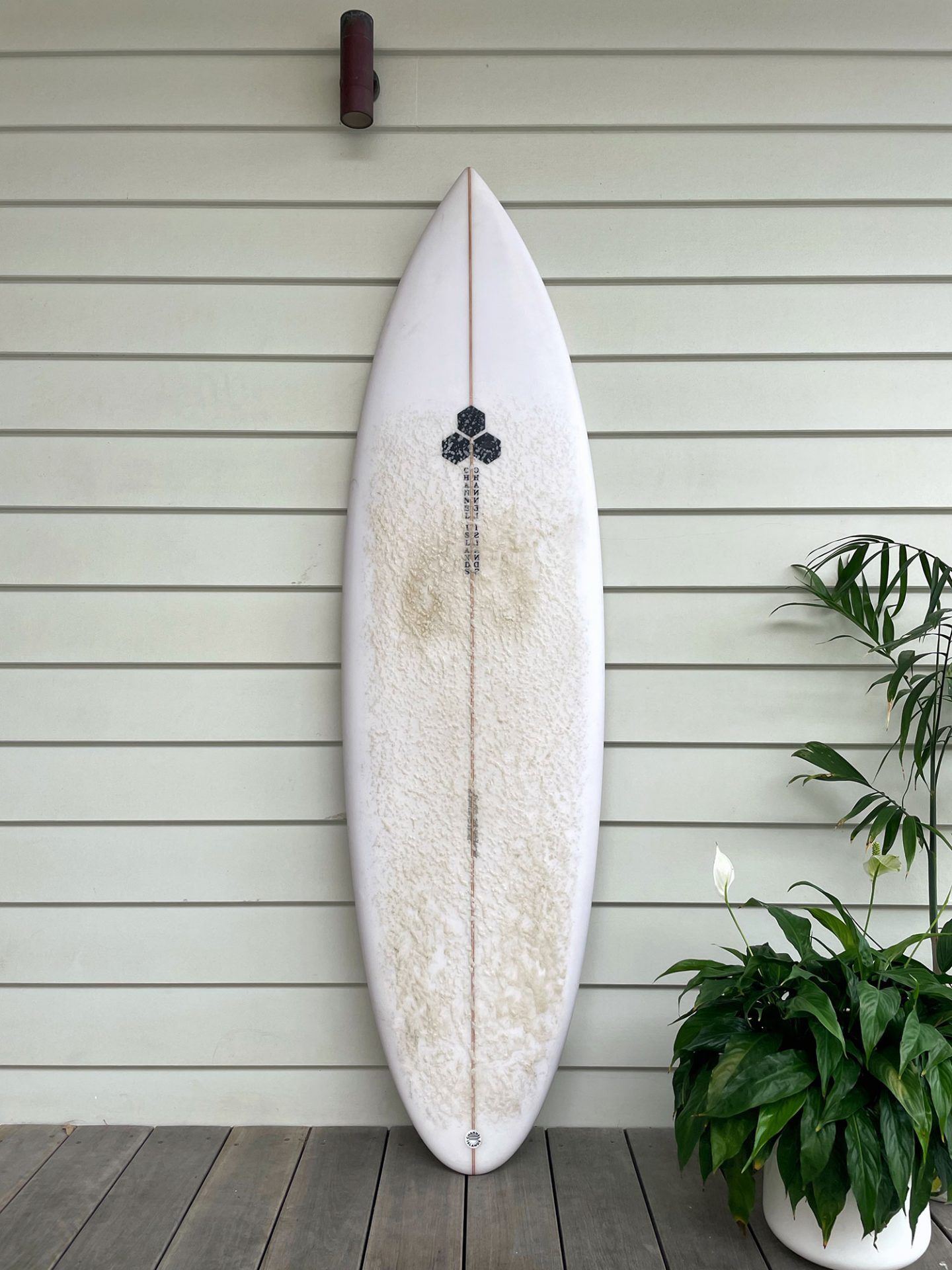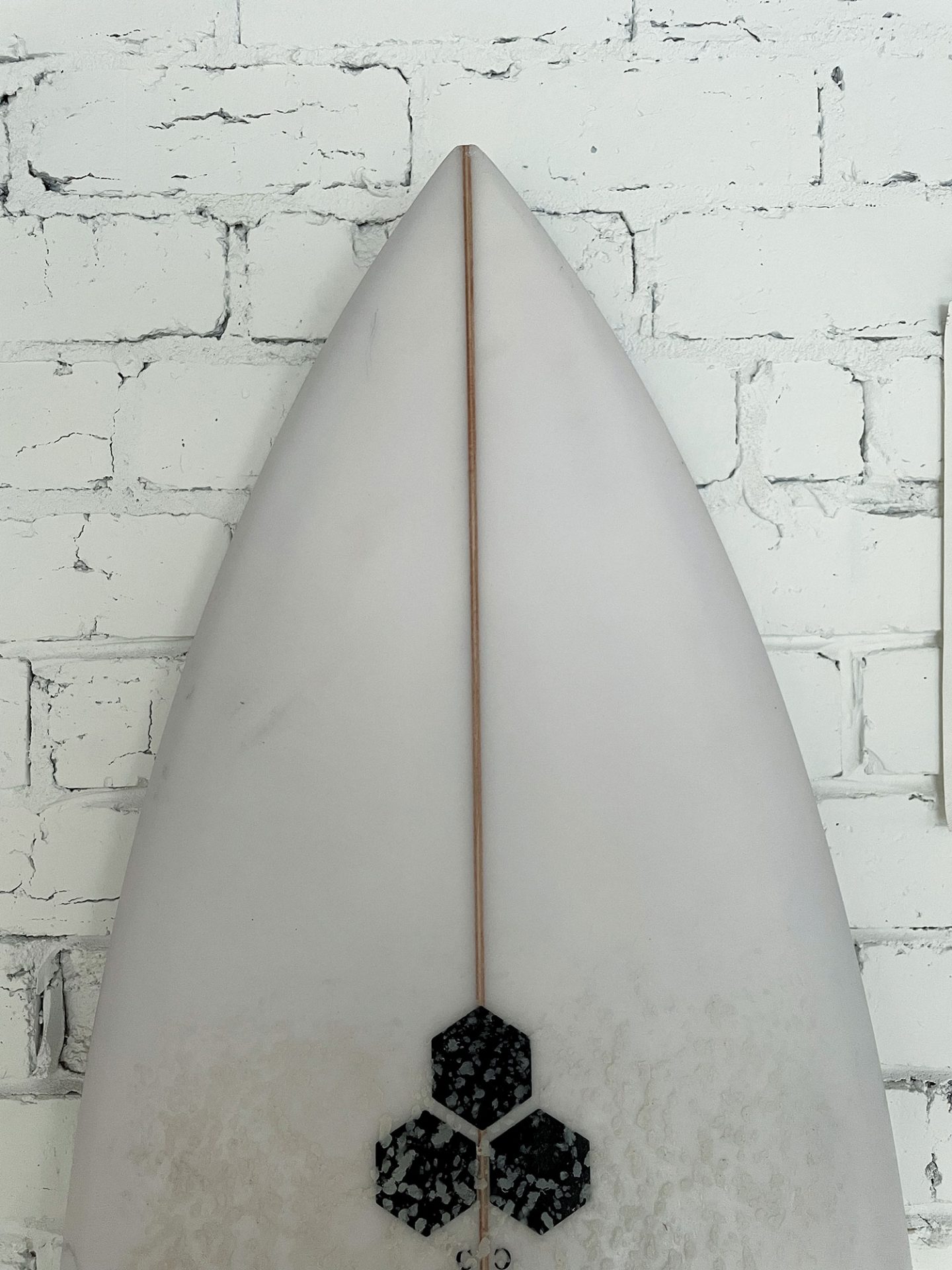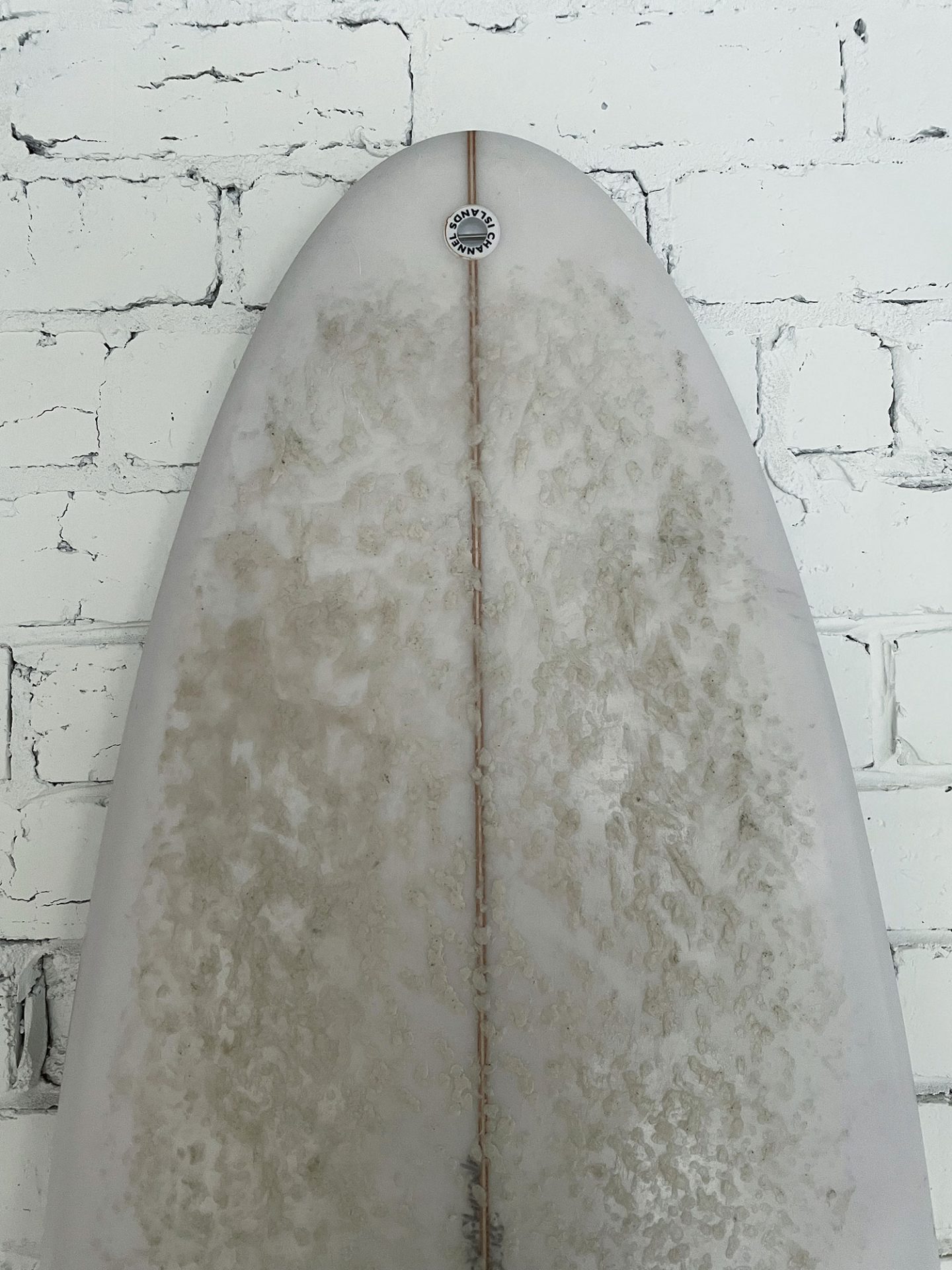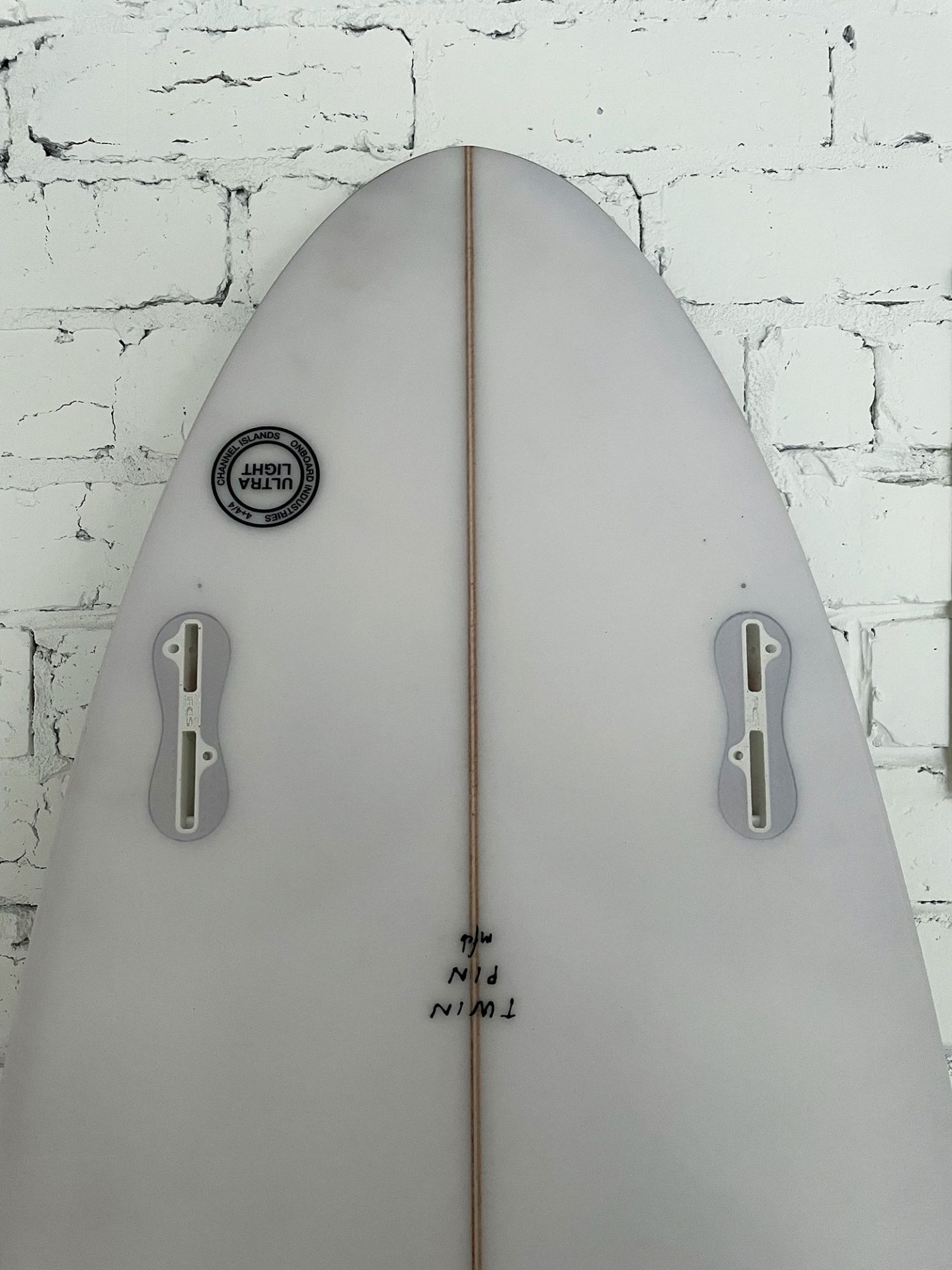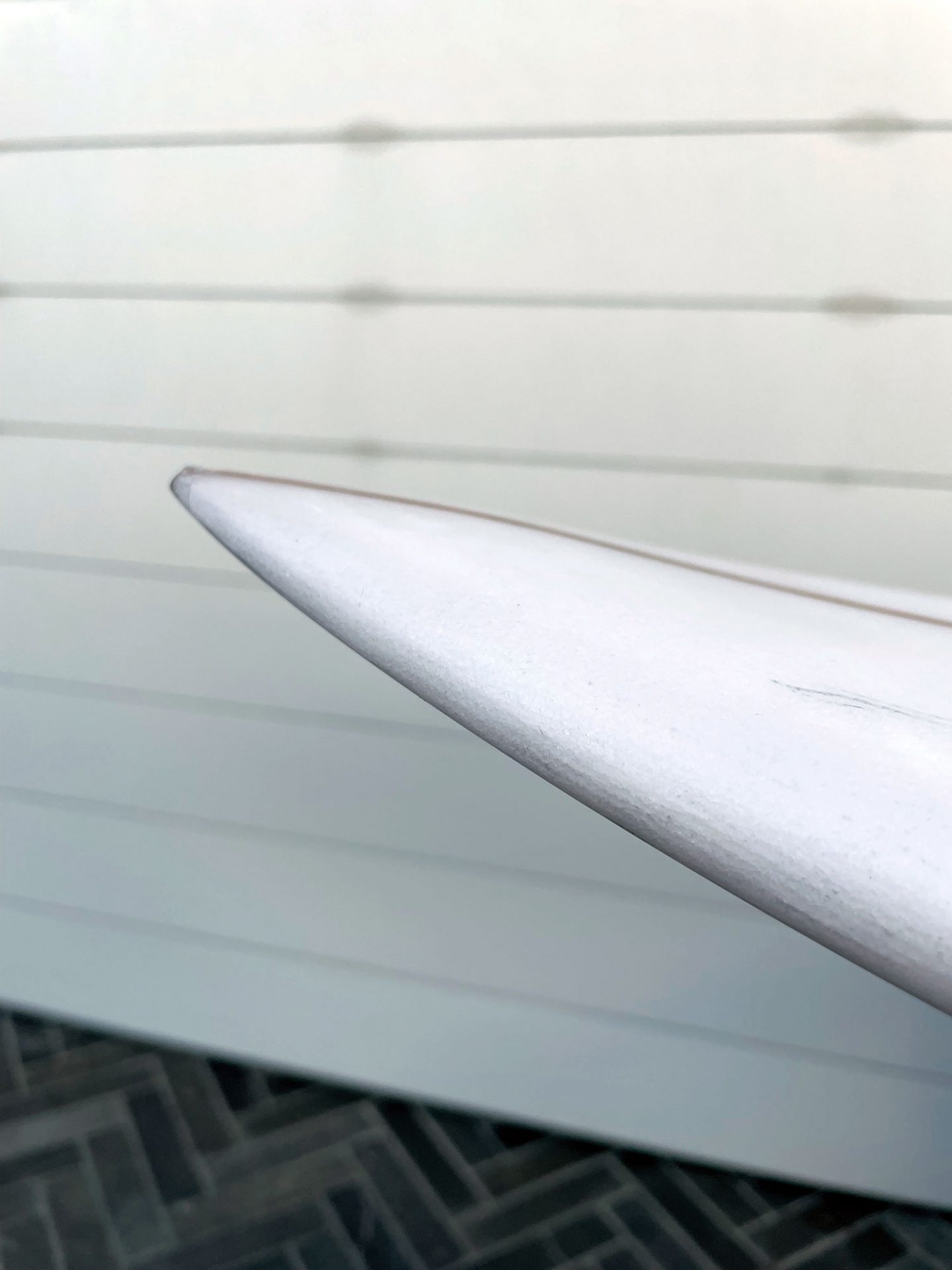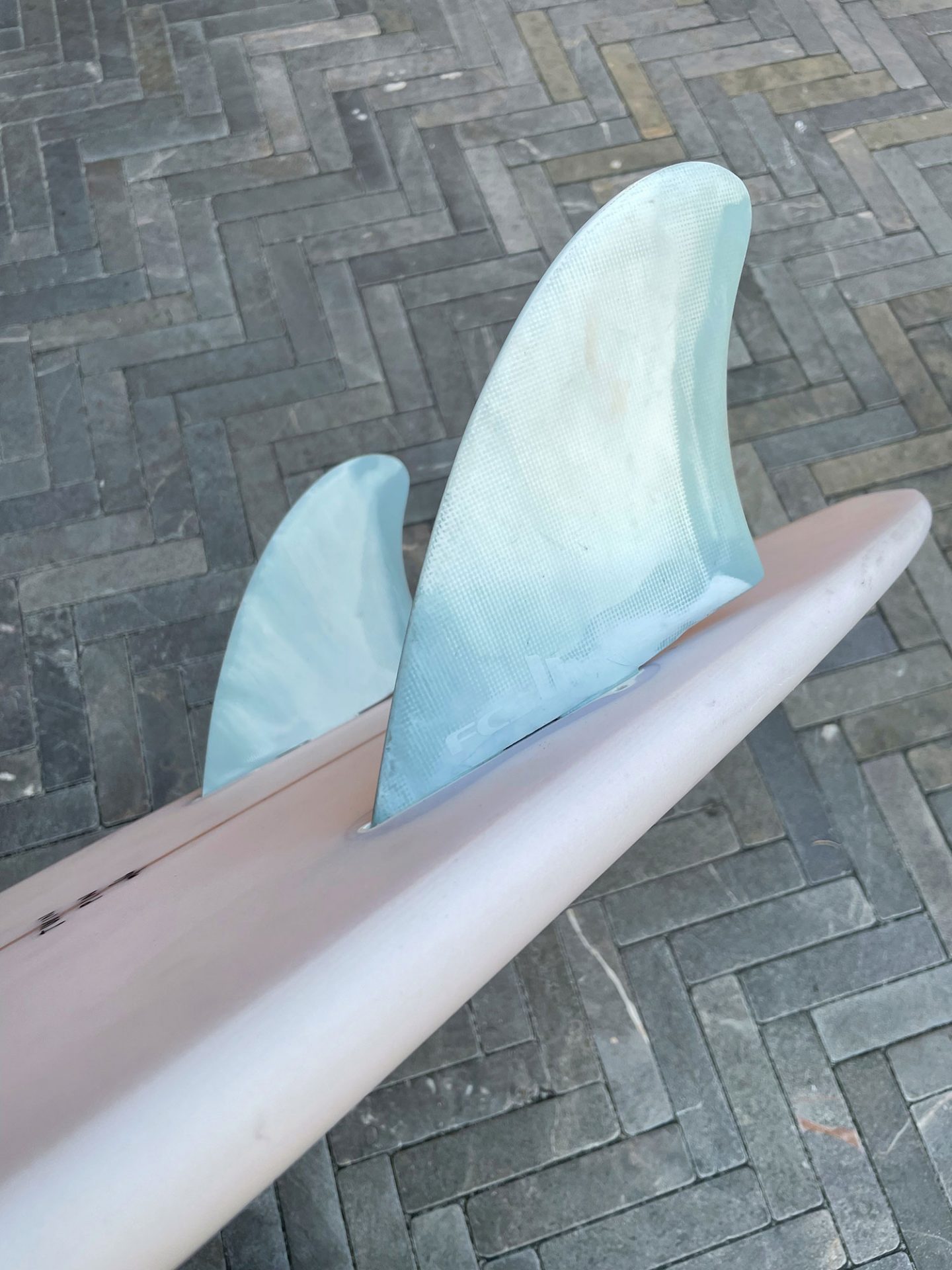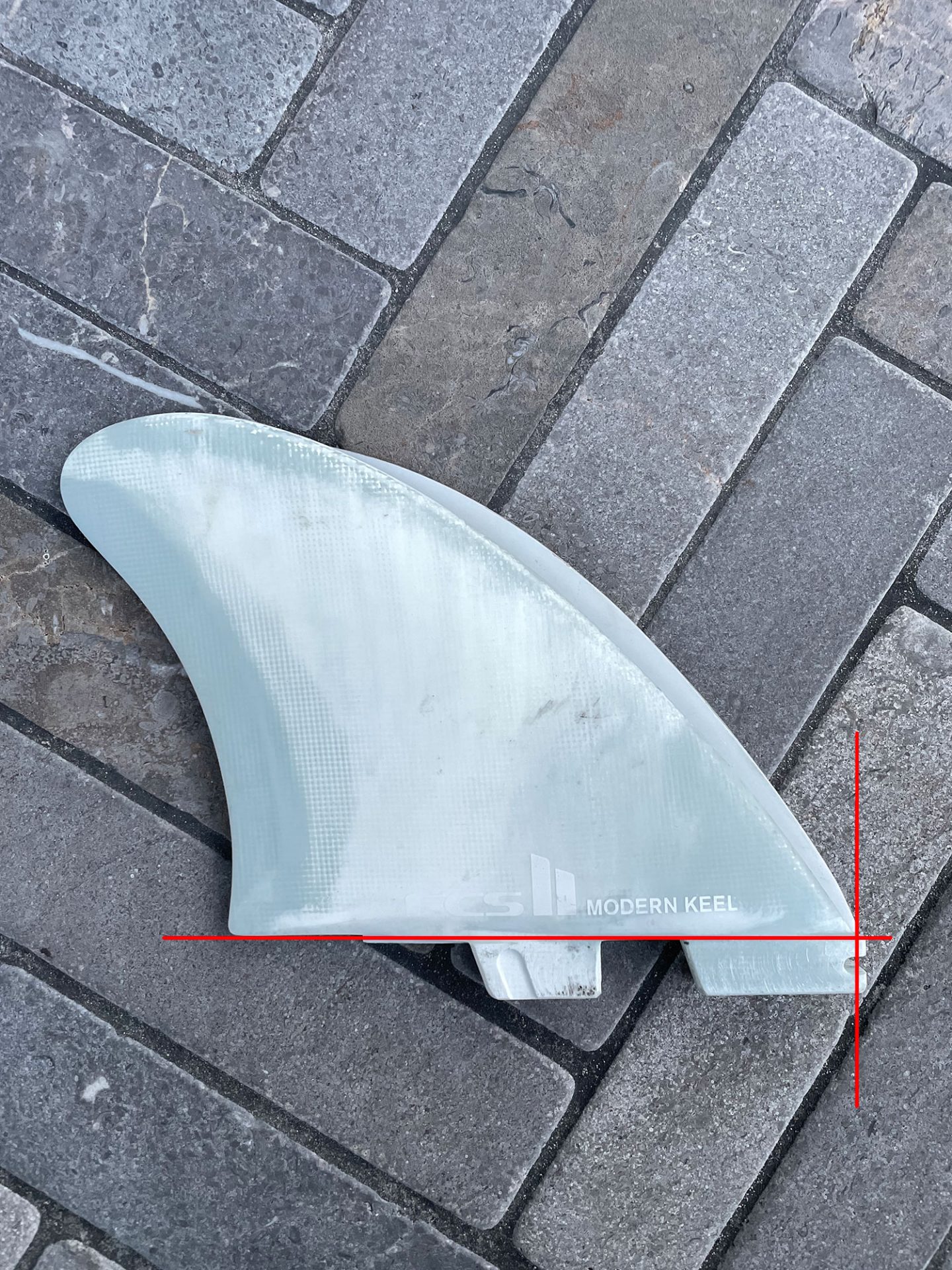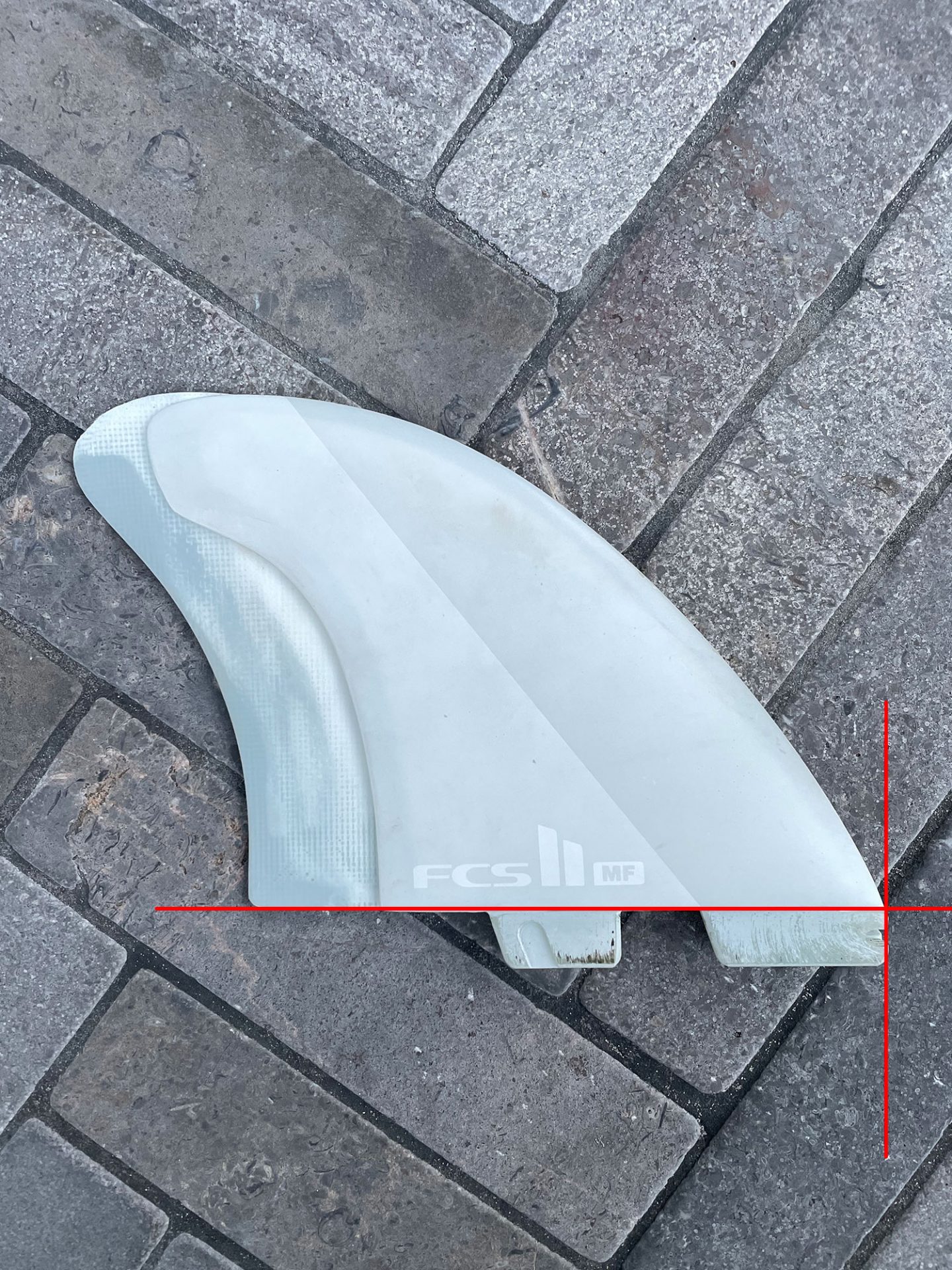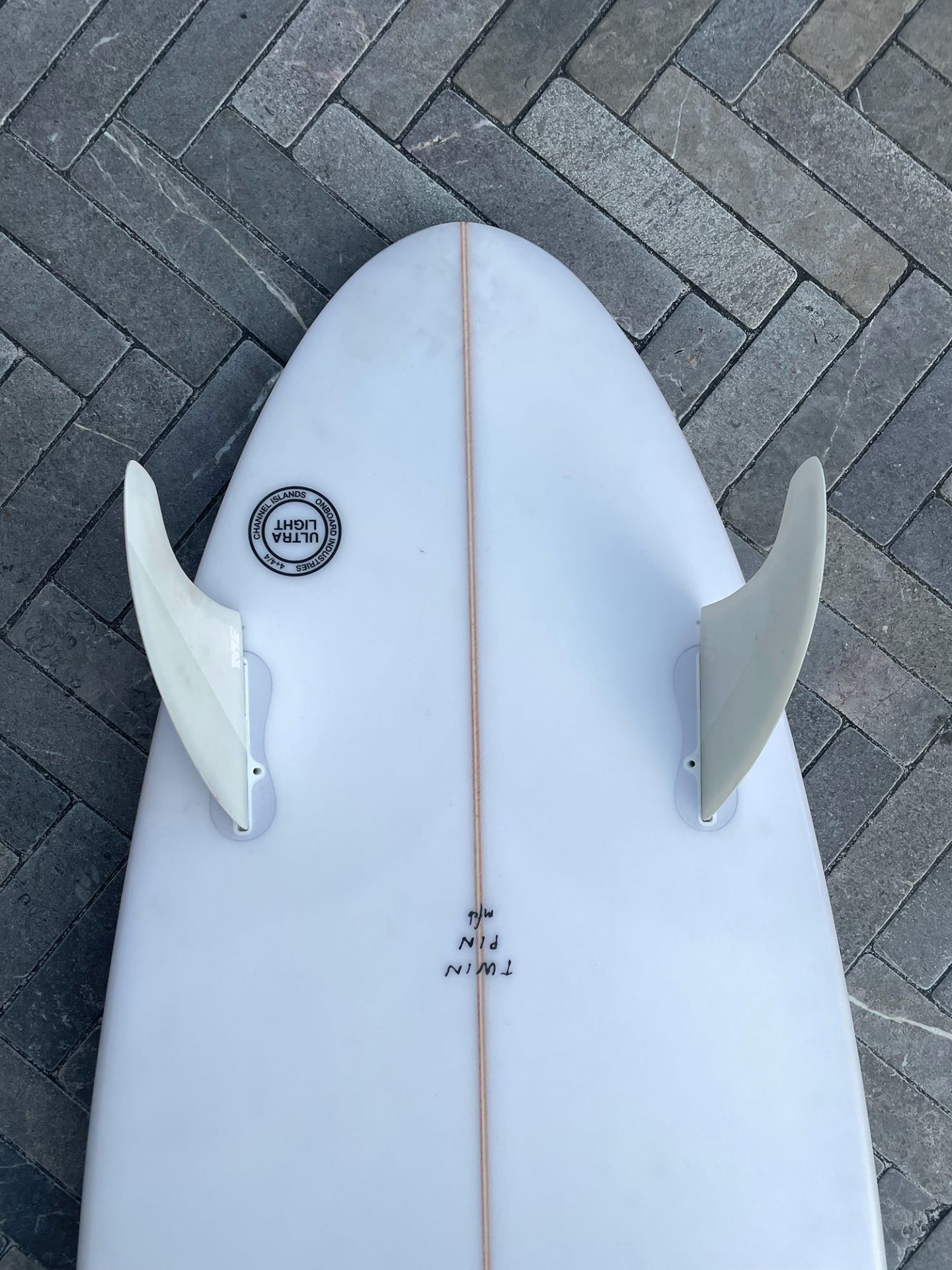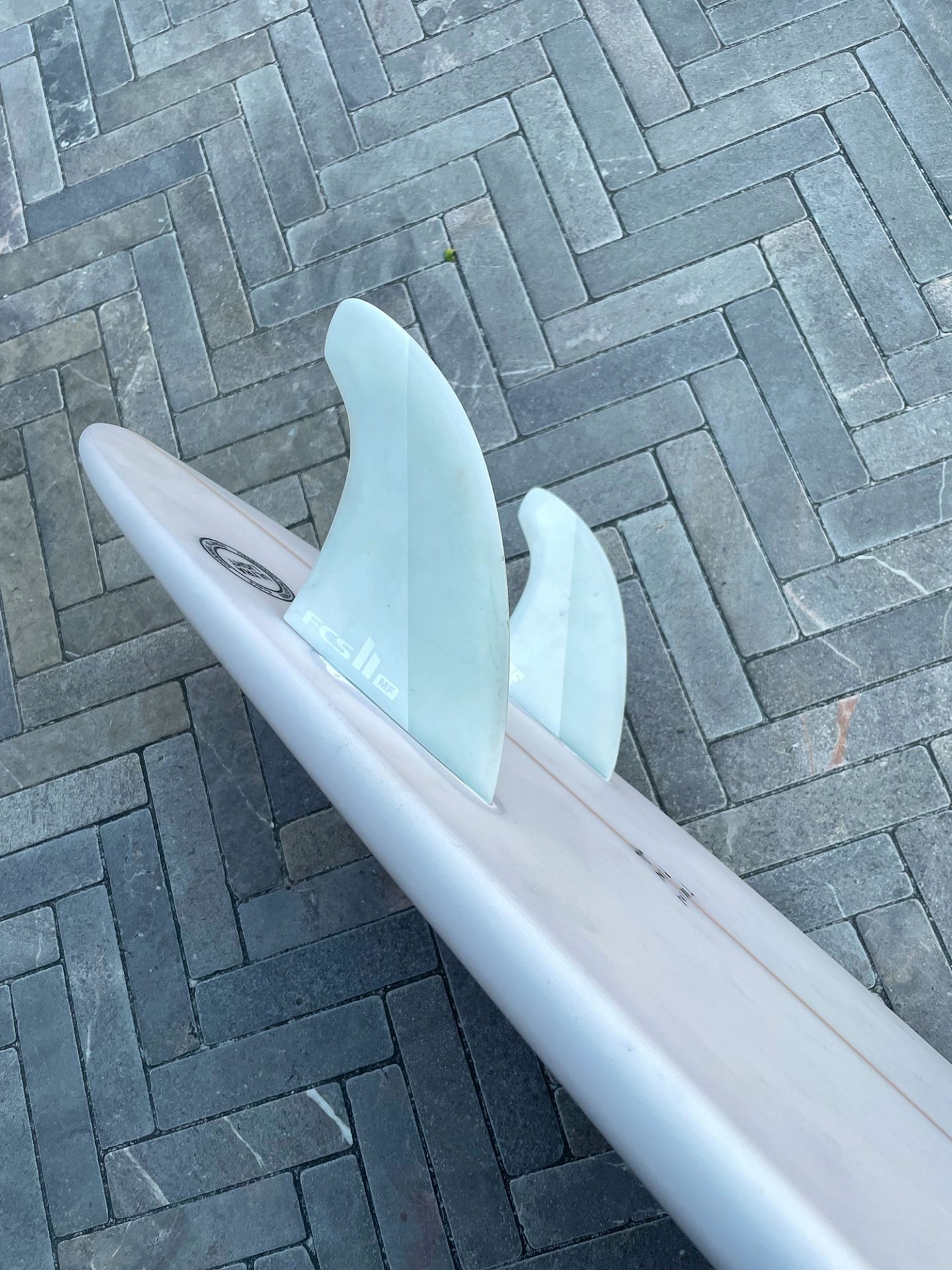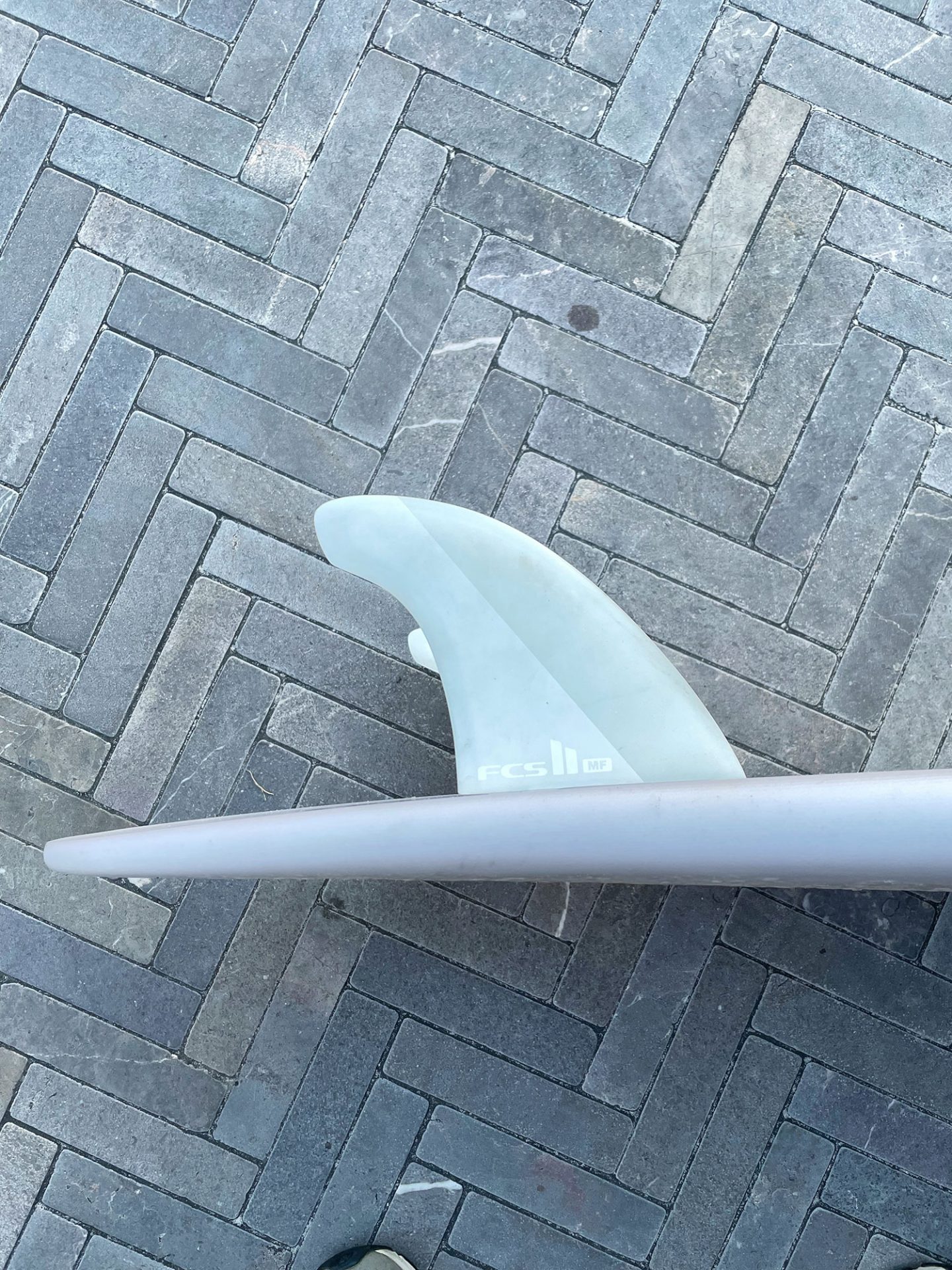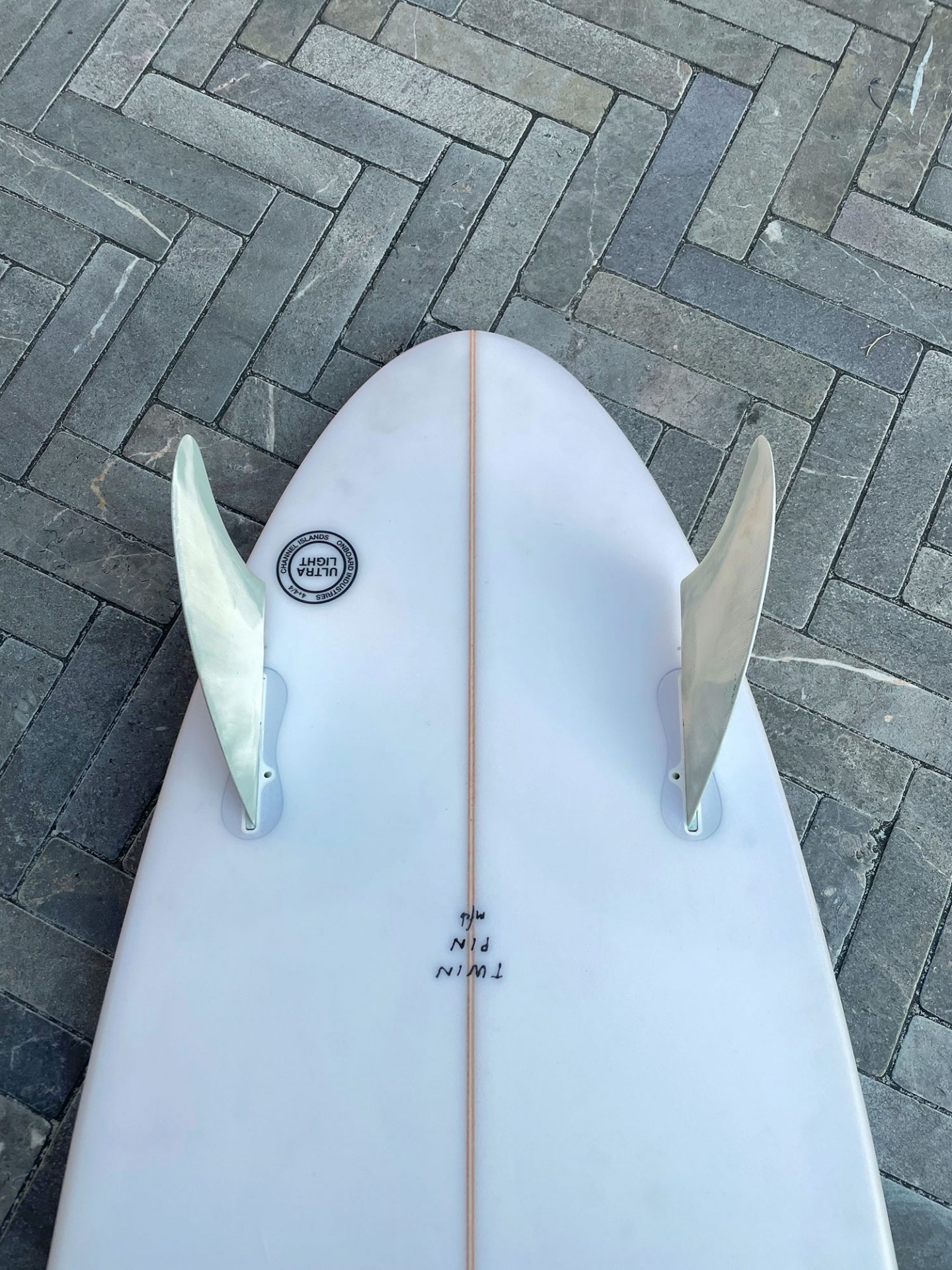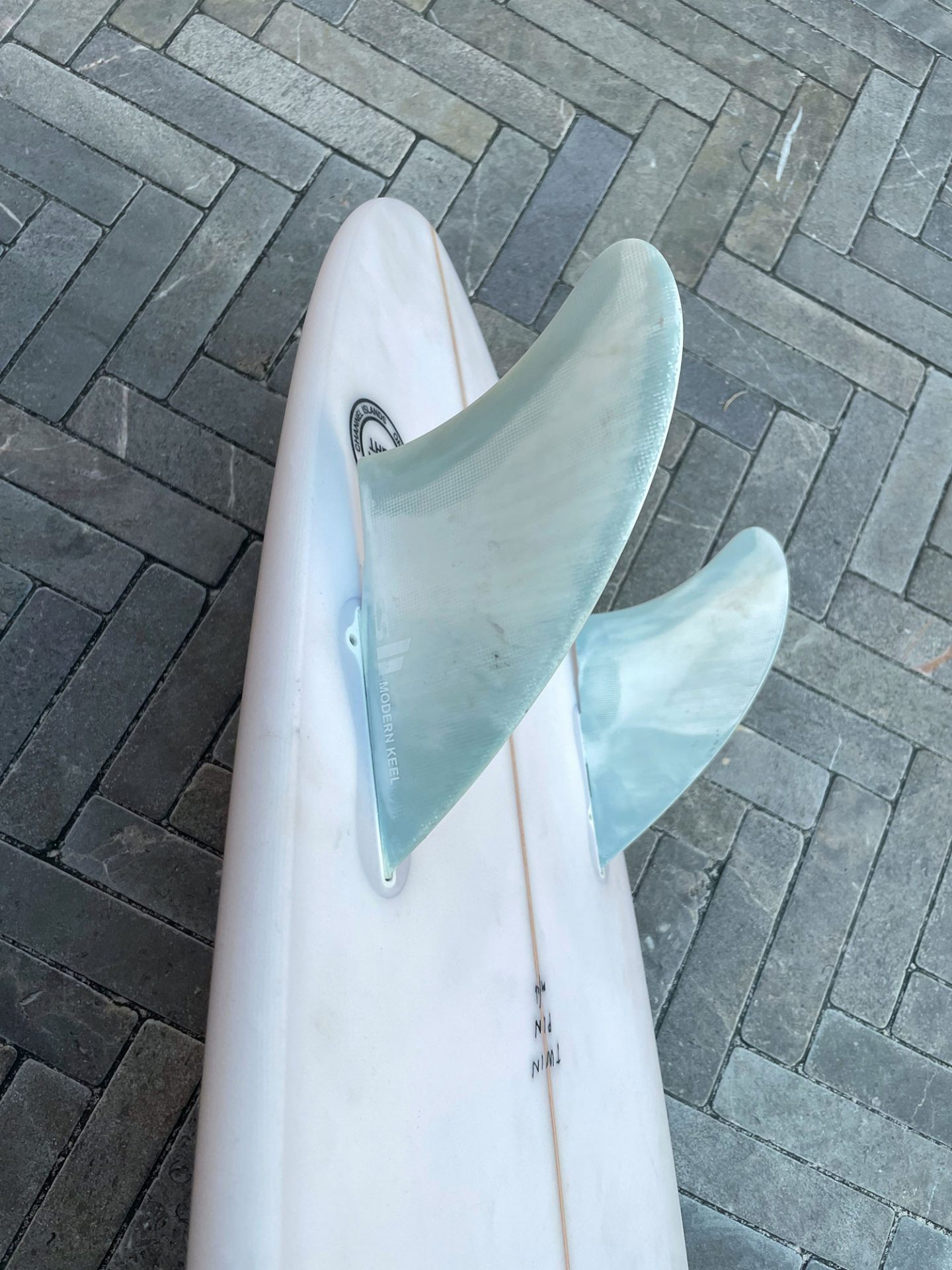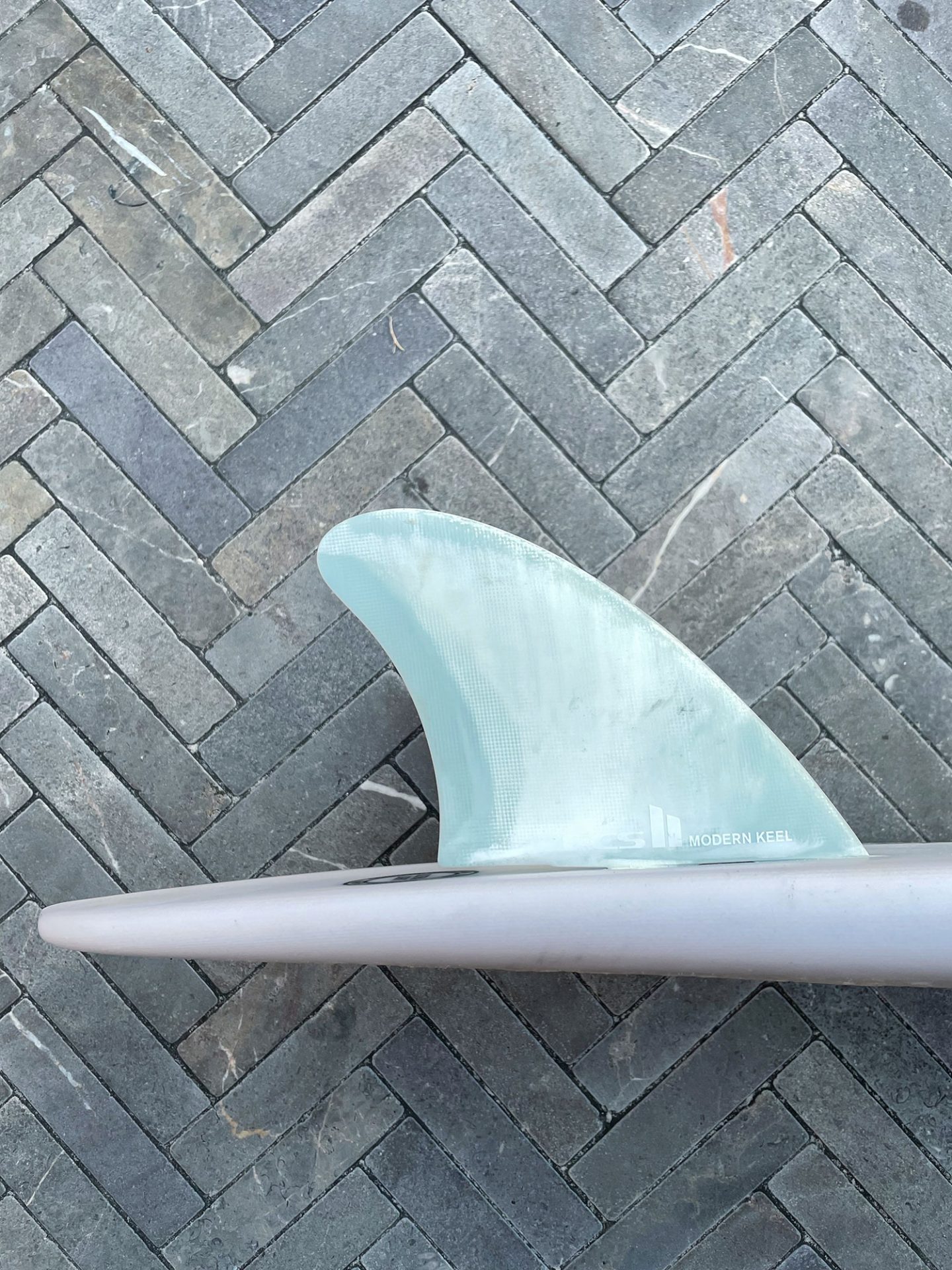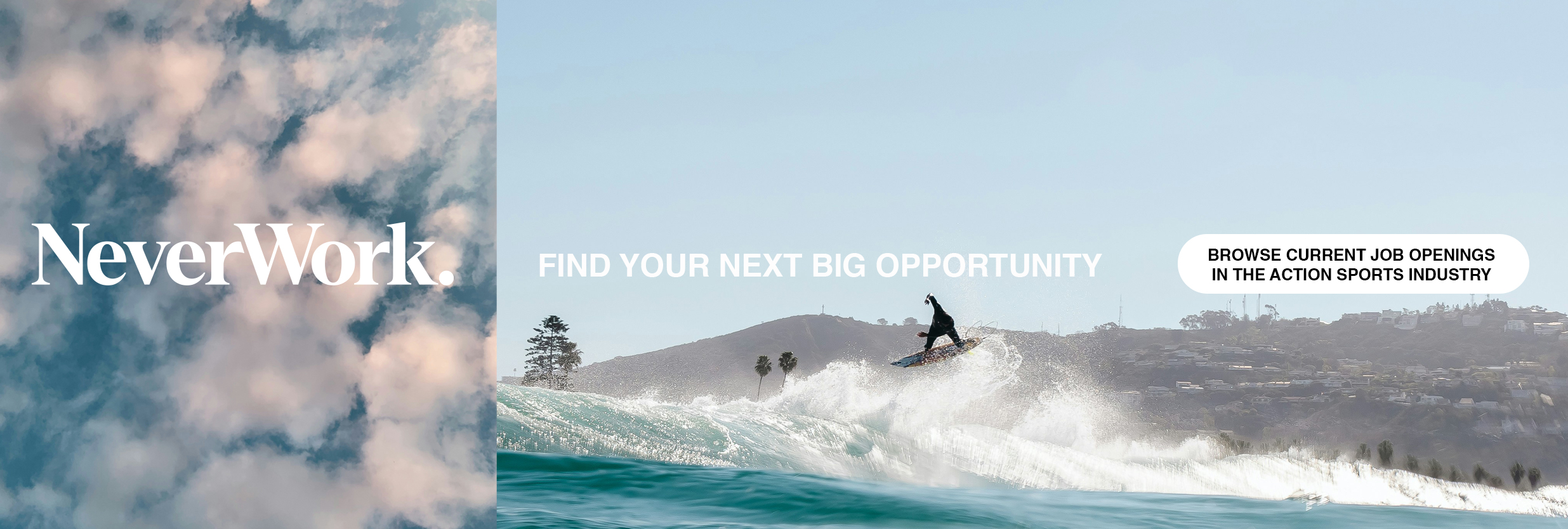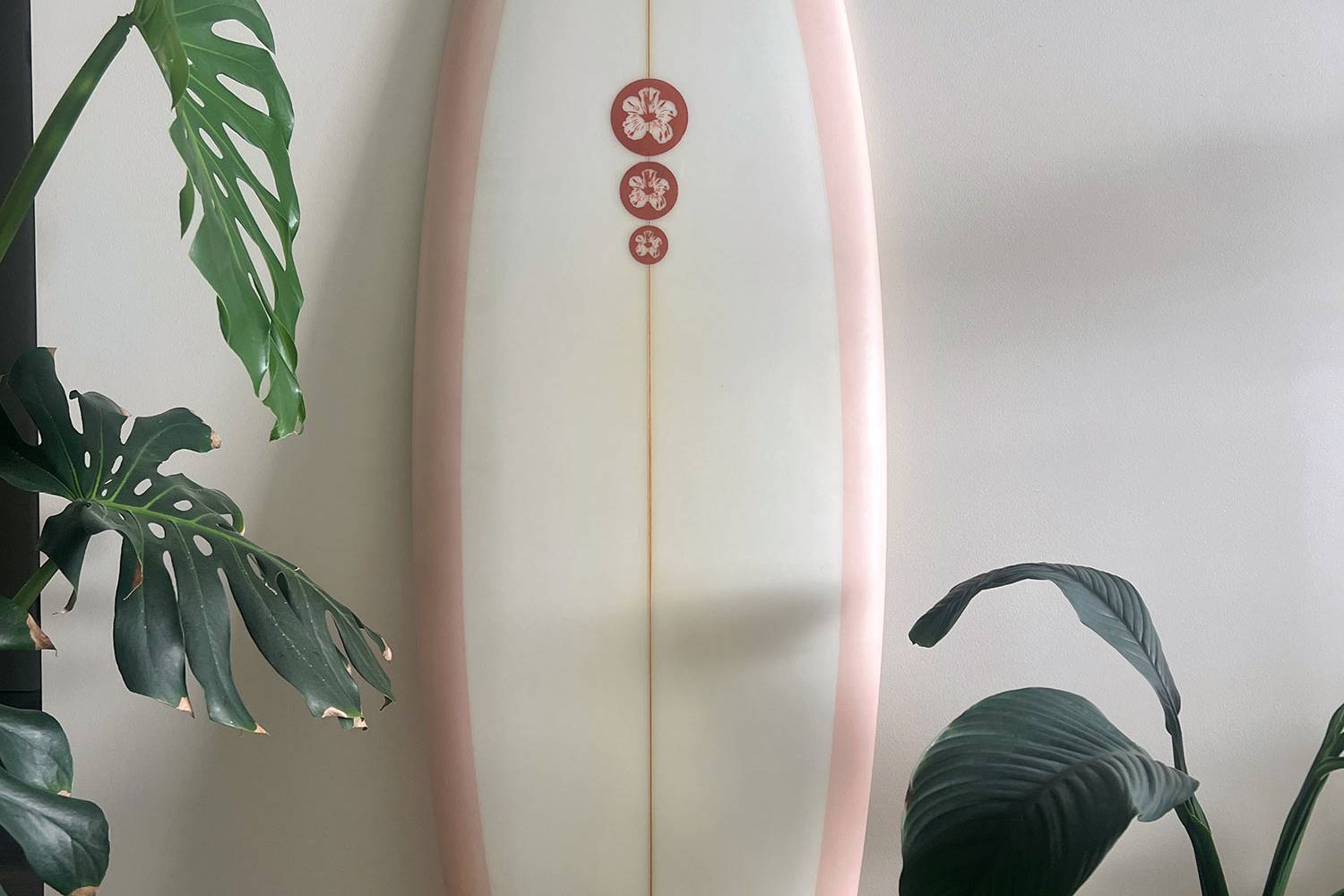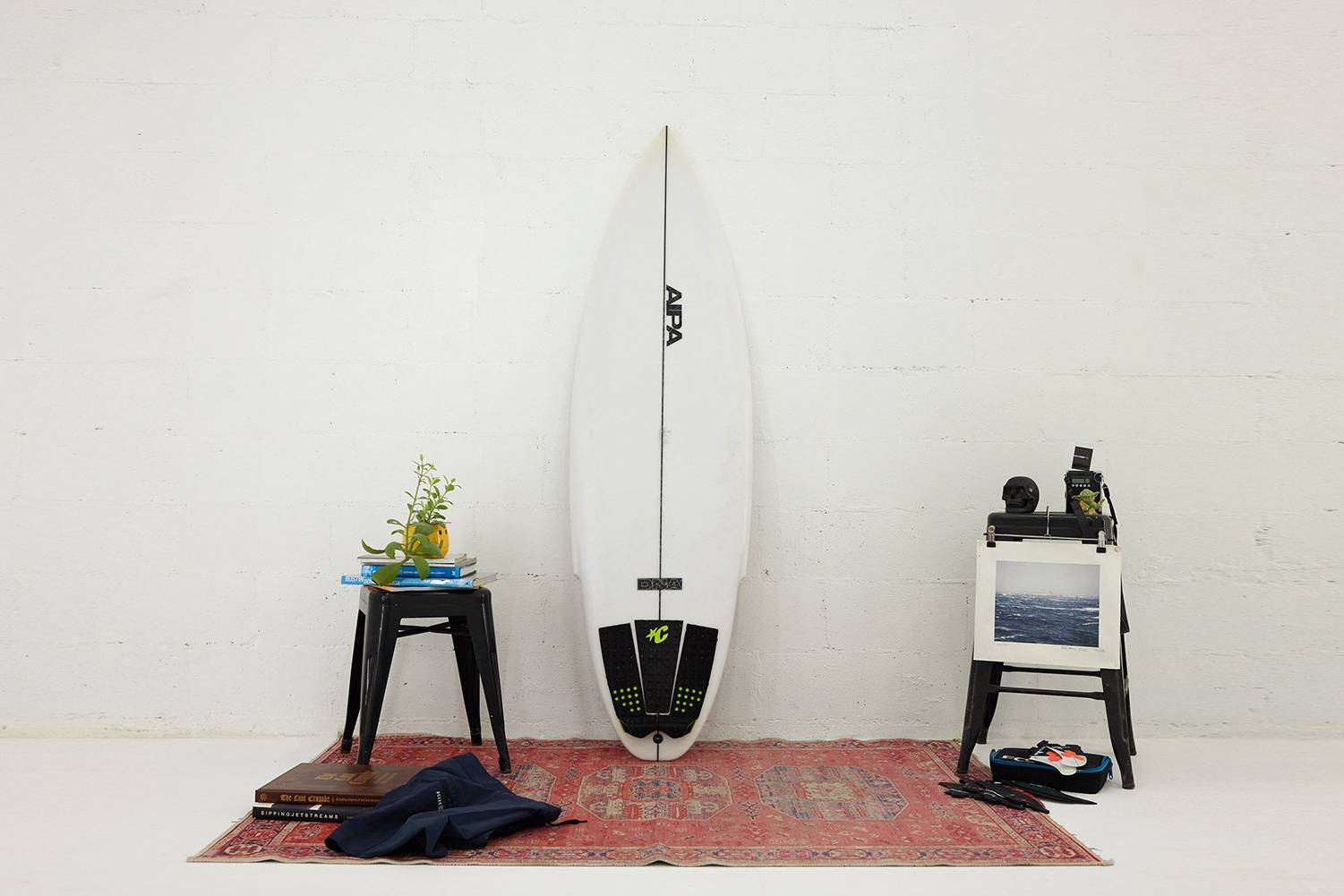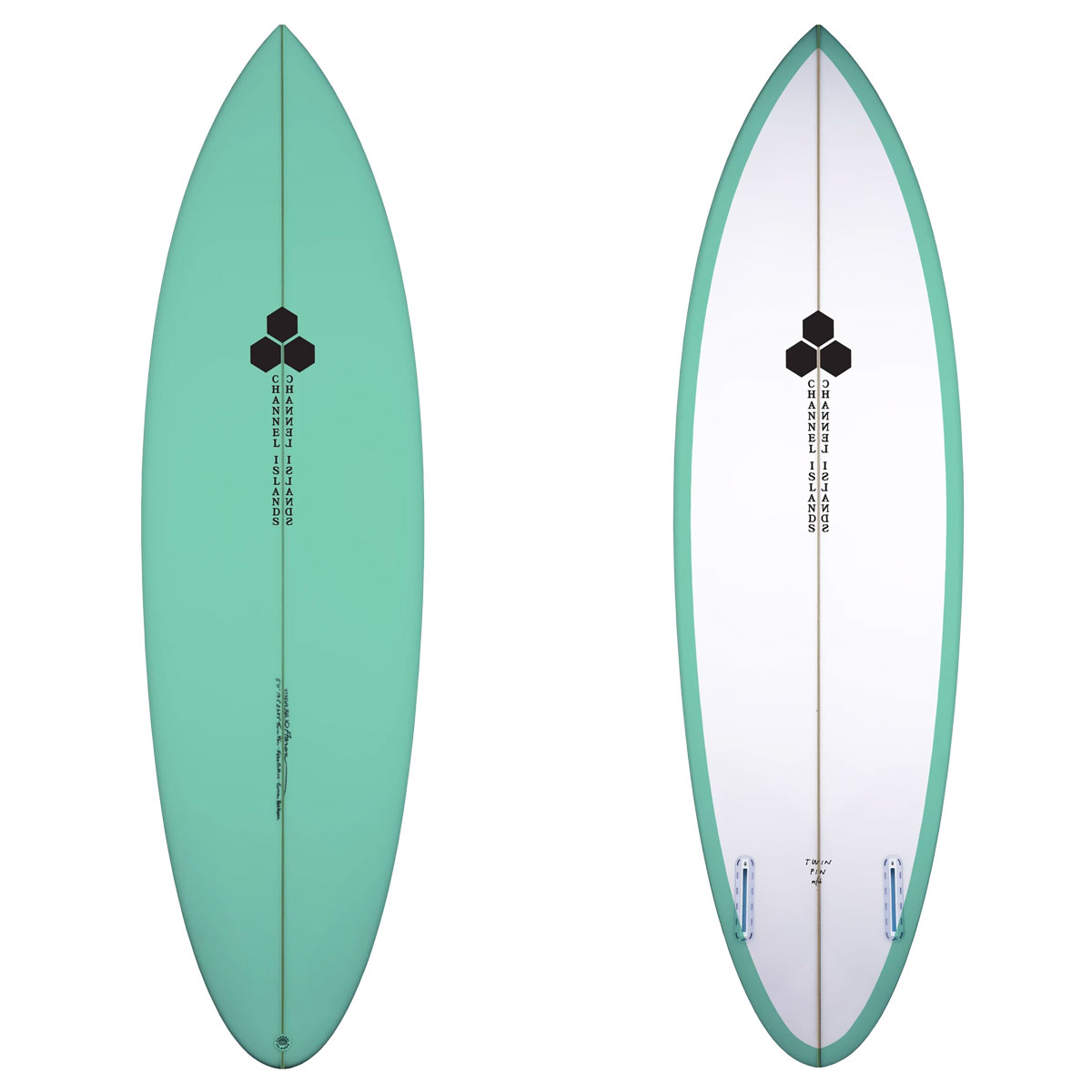
THE BOARD
CI said :
“The Twin Pin is a sexy, versatile twin-finned pintail collaboration between Britt Merrick and one of the world’s most stylish surfers, Mikey February. The two wanted to create a board that had all the fun twin feels but enough hold and projection to free you from ever wishing for a third fin or trailer. Designed as an all-rounder, it helps you rip in anything from lame little waves to double overhead rifling walls.“
We said :
There is something about a rounded pin surfboard that just screams sexiness doesn’t it? The Twin Pin, unlike most twin fins on the market, gets better in bigger more powerful waves but it still has that spicy twin fin speed!
The model I rode was 5’11 x 19 1/2 x 2 5/8 (32.9L). The board came with FCS plugs, and we ran Modern Keels and the upcoming Mick Fanning H4 Twin fins.
Stats were:
14 sessions
87 waves
Top Speed of 35km/h (Greenmount)
Longest ride was 600m (Snapper > Greenmount)
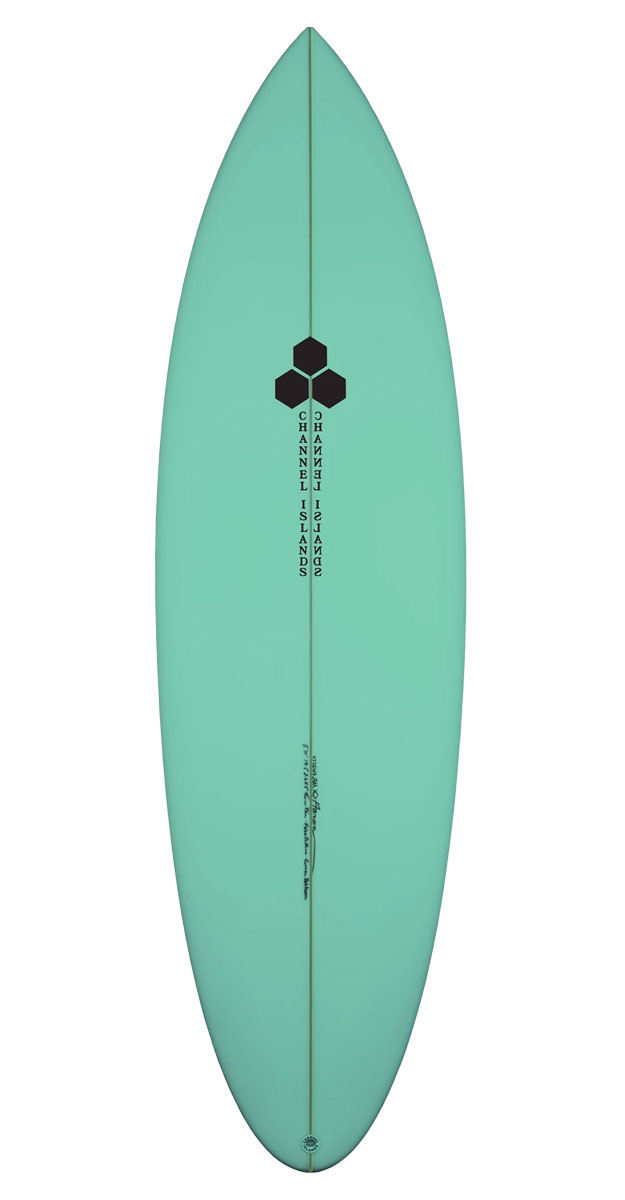
THE BOARD
CI said :
“The Twin Pin is a sexy, versatile twin-finned pintail collaboration between Britt Merrick and one of the world’s most stylish surfers, Mikey February. The two wanted to create a board that had all the fun twin feels but enough hold and projection to free you from ever wishing for a third fin or trailer. Designed as an all-rounder, it helps you rip in anything from lame little waves to double overhead rifling walls.“
We said :
There is something about a rounded pin surfboard that just screams sexiness doesn’t it? The Twin Pin, unlike most twin fins on the market, gets better in bigger more powerful waves but it still has that spicy twin fin speed!
The model I rode was 5’11 x 19 1/2 x 2 5/8 (32.9L). The board came with FCS plugs, and we ran Modern Keels and the upcoming Mick Fanning H4 Twin fins.
Stats were:
14 sessions
87 waves
Top Speed of 35km/h (Greenmount)
Longest ride was 600m (Snapper > Greenmount)
THE BOARD
Aren’t twin fins just so hot right now! It feels as though every average joe and his dog is riding a twin fin or twin fin variation. Then all the pro’s have a board in their quiver that’s a twin or something along those lines. Which makes the board we’re reviewing today not much of a surprise – a ‘Pro Model’ twin fin from Channel Islands. In this case it comes from the dynamic duo of Mikey Feb : the CT surfer turned new generation style master free surfer & Britt Merrick.
Mikey: who has become on the leading free surfers in recent years, after a small dalliance with the WSL world.
Britt: son of Al and new co-owner of Channel Islands surfboards after buying the brand back off Burton Snowboards.
If there is one thing that twin fins are good for, it’s their speed. A co-worker (Billy Lee-Pope – filmer to the stars) of mine is convinced that that damn 3rd fin makes so much of a difference in speed generation that he has given up surfing thrusters entirely. I am forever bickering with him on the importance of having a thruster and or quad for good waves.
I am here to let you know however, that this board – the CI Twin Pin – could be about to change all that. This board, unlike most twin fins on the market, gets better in bigger more powerful waves but it still has that spicy twin fin speed!
SHAPE
There is something about a rounded pin surfboard that just screams sexiness doesn’t it?
The Twin Pin from Channel Islands has a pretty traditional outline with the main difference being the rounded pin. It’s got a wider nose outline that pulls back into a nice tight rounded pin, with plenty of foam (paddle power!) underneath your chest. For comparison’s sake, think outlines like the Hypto Krypto and the Ghost and then land it somewhere smack bang in the middle for performance factors.
The nose is beaked which is a nod to the original twin fins of the 70’s and 80’s but the deck is so pulled down to such a low rail that the Twin Pin resembles nothing of those old boats people used to ride. CI suggests that you go ⅛ thicker than your stock dims to make the lower rails work for you and I’d have to agree. There is plenty of foam under the chest but a lot of the float is wiped away once it hits the rail. That however is where you get the performance and bite in the board. So its robbing Peter to pay Paul, but if you account for it when you order the board you will be cruising!
The bottom contours are flat throughout until an accentuated Vee runs between the fins and out through the tail. This almost acts like the third fin you need to pivot from rail to rail and not feel that tracking feeling some twin fins do get, especially keels. The best thing about the shape and outline of the Twin Pin is that it could be scaled up or down and not lose any of its features.
I could see this being built into a new model for CI as a twin fin mid length because at 6’6 plus it would be epic on some bigger open walled waves. Then if you beefed it up and shrunk it a little you’d also be able to have a lot of fun on it in some small runners. As stated before though if you get your normal dims and volume, this board is best suited for good waves.
WAVE TYPE
What’s every person’s dream wave? One would have to assume something around 3 to 4 foot running sand bottom point, blue water, you’re wearing boardies and you’re on your forehand? Right? Yeah that sounds about right.
Think Snapper, Lennox, Bells even. But really, Barra in Mex – where we just saw Steph and Jack win – would be the ideal set up I reckon. Steph on one of these twins at Barra or even at home would be a sight to behold. She dominated on that MR twin in the Icons heat (side note how quickly does Mateus Herdy become a title contender?)
If you’re goofy I’m thinking of places like Raglan (Billy wanted me to add that in, he is from Raglan), Racetracks, Peru and so on. It’s an ongoing debate but I think most of the best point breaks in the world are actually left handers. Most are not as playful as others but think about it. Gland, Deserts, Skeleton Bay, Padang, the list goes on.
Regardless this board would go well on all those waves. For those of you who are natural footers however unfortunately the Twin Pin isn’t as friendly on your backhand, so this wouldn’t be the first board to chuck in the bag on a trip to G-Land. I personally am quite heavy footed on my backhand and really had to nurse my turns both top and bottom. Trimming down the line was fine and it trimmed just as it did on my forehand but trying to throw in some turns and it really struggled. A small trailer may have given me the bite I need but this board does not come with that option unfortunately.
OVERALL BEST CONDITIONS
2-4ft semi-chubby waves that have a couple of fast and sucky sections. Preferably on your forehand with a slight offshore or onshore, which will allow you to enjoy the performance factor the Twin Pin has. Bonus points if the sun is out and it’s warm. Think Barra at Mex (like it was in the recent comp) as the perfect example.
PERFORMANCE
For me when I’m thinking of a twin fin, I don’t automatically think of a ‘high performance’ surfboard or ‘good wave board’. Historically the twins I’ve ridden have been skatey and slide around a lot, making summer beachies and points super fun! The Twin Pin is the complete opposite of this. It is genuinely a good wave board and the better the waves and the harder you pushed, the better the board went.
Paired with an unreleased MF Twin Fin template from FCS that is due for release very shortly (sneak peak, lucky I know!) having your foot directly over the fins meant you are able to push and power through turns like you would on a performance thruster. It’s only when your foot is a little further up on the board that you get that sliding sensation almost as if the less weight on the fins the more twin fin it becomes, because being heavy footed and pushing hard on the tail engages all the performance factors of this board and it becomes a proper performance board not just an M-Feb highlining machine – note: It still highlines like a dream if that’s what you want…
With the unreleased MF Twin Fin template, it wasn’t much of a grovel board. Or basically wasn’t at all. The Twin Pin felt sluggish off the mark and never really got ‘going’ (i.e. generating its own speed off the mark) and once it did get going it felt a little bit out of control and sporadic.
With FCS Modern Keels (something I added later in the review) this changed that out of control feeling, and took away that sporadic, all over the shop feeling in smaller waves. But it didn’t go nearly as well in good waves like it did when I used the unreleased MF Twin Fin template. So…
In small shitty waves, use Modern Keels. When the waves are good, use the unreleased MF Twin Fin template. And this advice is only suited to FCS plugs, if you get Futures I’d assume you should just get the Britt Twin Fin he designed for the Twin Pin.
Overall, performance wise, less is more. The board does a lot of the work for you in good to excellent waves. The beaked nose helps for paddling in and even though this board was a little under volumed for me it caught pretty much everything it paddled into.
A quick note on durability? CI has come a long way over the years, at times known for boards that pressure ding easily, this one – with the stock 4x4x4 glassing – has held up delightfully well (as I have to give it back to Lincoln). Minimal dents, no cracks, etc, it’s held up well and I kinda tried to give it hell on those couple of good swells we had while testing it.
STATS
14 sessions
87 waves
Top Speed of 35km/h (Greenmount)
Longest ride was 600m (Snapper > Greenmount)
VERDICT
The CI Twin Pin is a high performance board and it should sit alongside your good wave boards, but as something that adds a little extra spice for your surfing to avoid getting too stale.
It certainly isn’t a groveller or small wave board, but in saying that it can get the job done (throw in some keels), there are just better options out there, twin fin or not, that could compliment this board in the small wave department.
Although you don’t look like M Feb on the wave you certainly can think to yourself that this is what it feels like to surf with so much style. Long swooping bottom turns, highlines, and powerful slashes all feel good on this board. Twin fins are huge at the moment and as my work colleague Billy has eluded me to with modern shapes and designs, maybe we can now all go back to riding solely twin fins.
It’s a question we ask a lot but when will someone ride a twin fin in an event? Slater of course has done it a few times. Dane in France on the MTF Altered, however in my eyes those two don’t count they are known for experimenting. The real change and surprise would come if, say, someone like Deivid Silva or Adriana De Souza rode a twin fin in an event, that’s when the world would stand up and listen to the twin fin advocates!
If the thruster world was gonna end tomorrow I’d be sliding a Twin Pin under my arm quick smart as my go-to board.
The Wins:
*The beaked nose (for nostalgia) and rounded pin (so nice)
*Pushing harder means better performance, a rare treat in a twin
*Scale up and scale down. I really want to try this board at a longer length.
The Challenges:
*Going backside was a challenge for me.
*It’s a good wave board – most twins are generally good for a grovel…
*Ego, ordering a board ⅛ thicker to compensate for the lower rails can sometime rattle the best of us.
ALTERNATIVES
If you’re not quite sold on the Channel Islands Twin Pin but are interested in getting a twin fin of some sort, here’s some alternatives with reviews:
*The Channel Islands Fishbeard
*The Christenson Fish
*The Red Baron from JS
*The Sugar from Chilli Surfboards
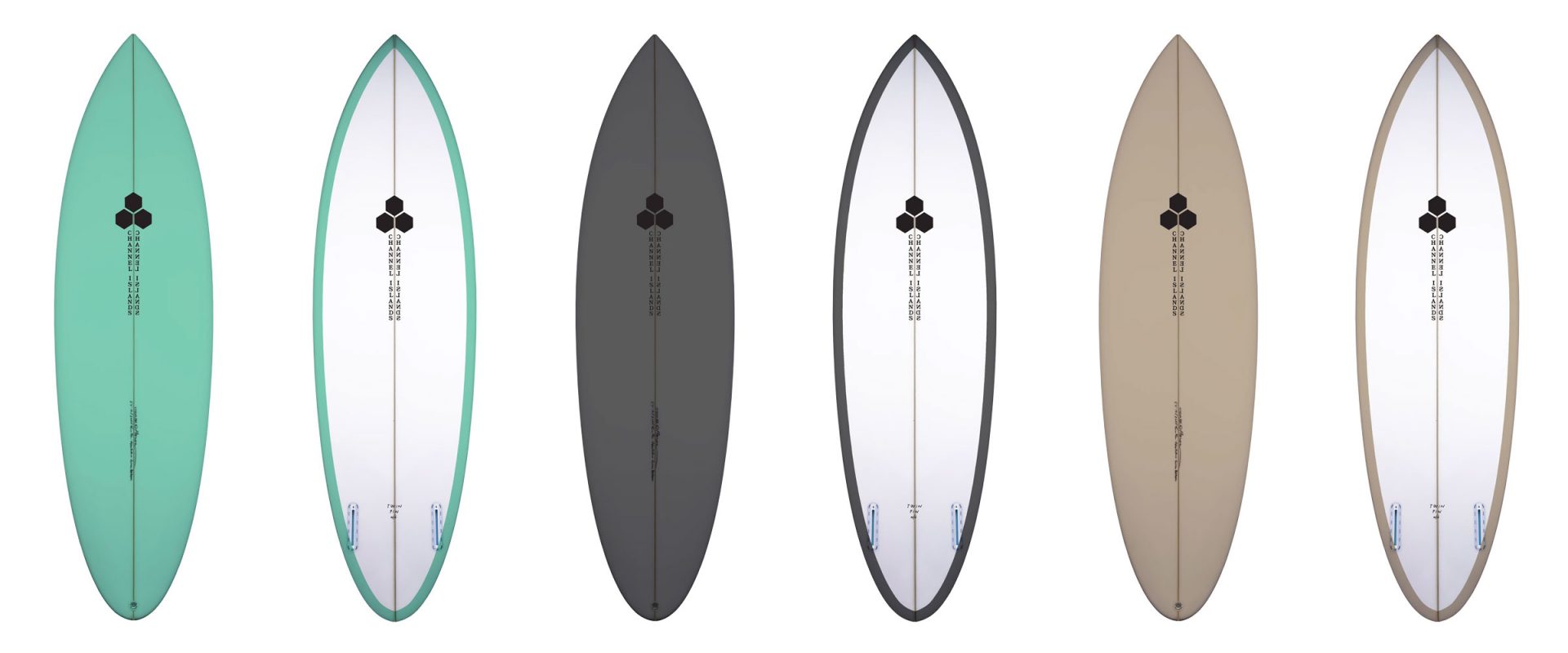
The Twin Pin from Channel Islands is widely available globally, anywhere that stocks Channel Islands surfboards are going to have one of these to run your hands over. Need to know the closest? Hit up their retailer page for more info.
Alternatively, you can get order direct from a few spots, including direct from Channel Islands. Stores, in Australia, to check include:
Onboard
Sanbah
Aloha Manly
Surf Culture
Price wise it starts at $900 AUD, which ain’t too bad considering this is a board that’s got a wildly strong glass job (mine has been ridden non-stop for four weeks and it’s held up really well) and will no doubt last you a long time. If you are getting one, make sure you spare enough cash to grab the right fins. If you’re running Futures, you’re sorted – get the Brit Keel. If you’re running FCS, try the Modern Keels and the unreleased MF Twin Fin template (out soon – will update as soon as you can buy them) – they make a big difference to the performance of the board, and they look amazing.
| Length | Width | Thickness | Volume |
| 5’5 | 18 1/2 | 2 3/8 | 25.8L |
| 5’7 | 18 7/8 | 2 7/16 | 27.9L |
| 5’9 | 19 1/8 | 2 9/16 | 30.6L |
| 5’11 | 19 1/2 | 2 5/8 | 32.9L |
| 6’1 | 19 7/8 | 2 11/16 | 35.3L |
| 6’3 | 20 3/8 | 2 3/4 | 38.1L |
| 6’5 | 20 3/4 | 2 7/8 | 41.7L |
| 6’7 | 21 | 3 | 45.2L |
| 6’9 | 21 1/4 | 3 1/16 | 47.8L |
If you enjoyed this review of the Twin Pin, you can visit our Product Reviews page for more, including the most recent review of the Channel Islands Fishbeard (in Spinetek) along with buyers guides of Springsuits and Boardcovers. We’ll have more Surfboard reviews (Next up is the Chilli Mid Strength) coming soon.
Again, if you’re interested in buying the Twin Pin from Channel Islands hit the links below ::
Buy from Channel Islands’ Online Store
Check Channel Island’s Stockist list


